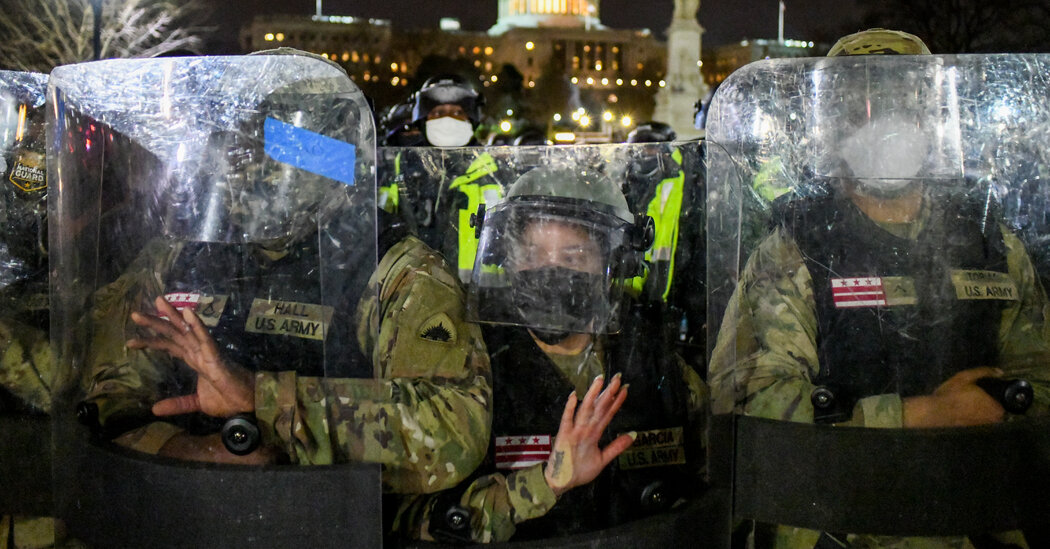It was Mr. Pence who was critical to trying to move forces to the White House, officials have said.“There were two or three calls with Vice President
It was Mr. Pence who was critical to trying to move forces to the White House, officials have said.
“There were two or three calls with Vice President Pence. He was very animated, and he issued very explicit, very direct, unambiguous orders. There was no question about that. And I can get you the exact quotes from some of our records somewhere,” Mr. Milley told the House committee in an interview. “But he was very animated, very direct, very firm to Secretary Miller. Get the military down here, get the guard down here. Put down this situation, et cetera.”
By contrast, Mr. Milley said, the call he received from Mr. Meadows was about preserving Mr. Trump’s image. He recalled that Mr. Meadows said something to the effect of: “We have to kill the narrative that the vice president is making all the decisions. We need to establish the narrative, you know, that the president is still in charge and that things are steady or stable.”
The inspector general report cleared top Pentagon officials of any wrongdoing over their response to the Jan. 6 attacks. But a former top D.C. National Guard official harshly criticized the report, accusing top Army officials of blocking efforts to deploy National Guard troops and lying about their actions to investigators.
Col. Earl Matthews, who was serving as the top lawyer for the D.C. National Guard, singled out two generals — Charles A. Flynn and Walter E. Piatt — for continuing to oppose a National Guard deployment even after Chief Steven A. Sund of the Capitol Police had made an urgent call for backup.
General Flynn is the brother of Michael T. Flynn, who was Mr. Trump’s first national security adviser and later took an active role trying to overturn the results of the 2020 election.
Adding to the deployment delay was a byzantine stew of competing authorities and jurisdictions that had different measures of responsibility for bringing order on Jan. 6. For instance, for Chief Sund to initiate a request for D.C. National Guard troops at the Capitol, he needed the approval of an obscure organization called the Capitol Police Board, a group made up of the House and Senate sergeants-at-arms and, oddly, the architect of the Capitol.
www.nytimes.com
